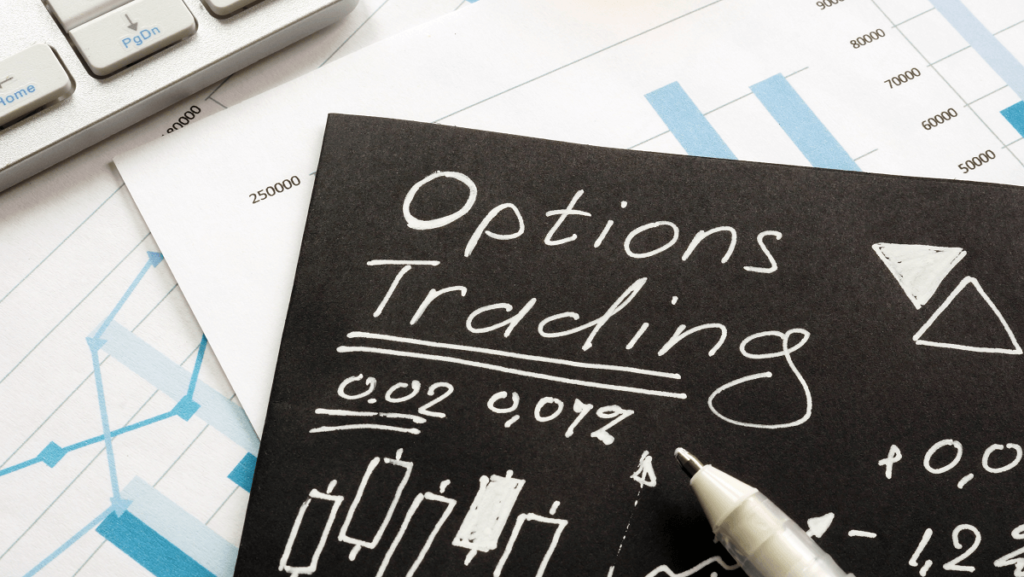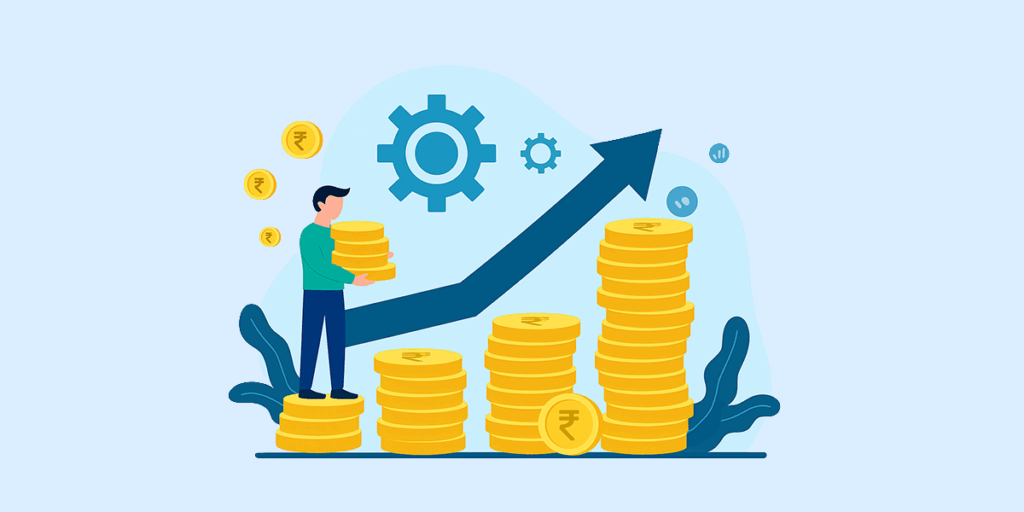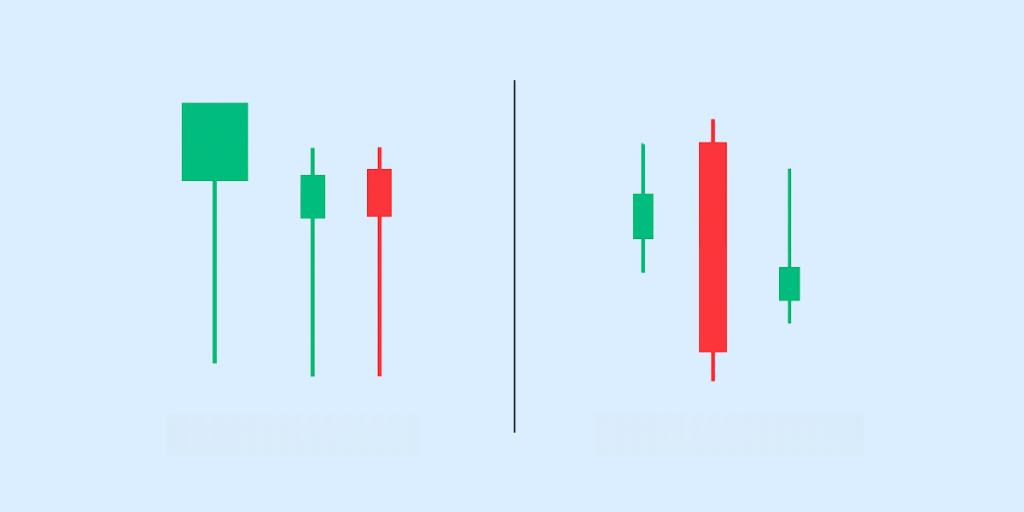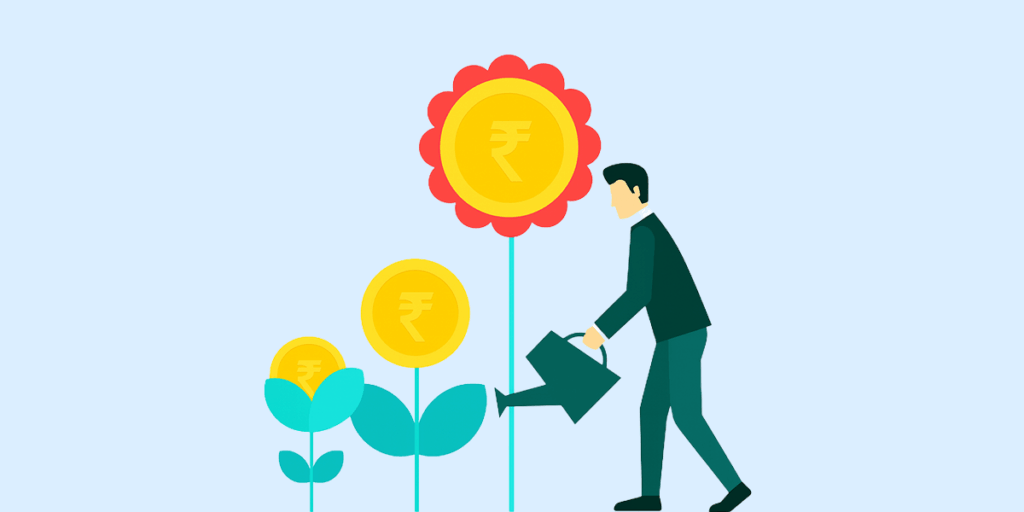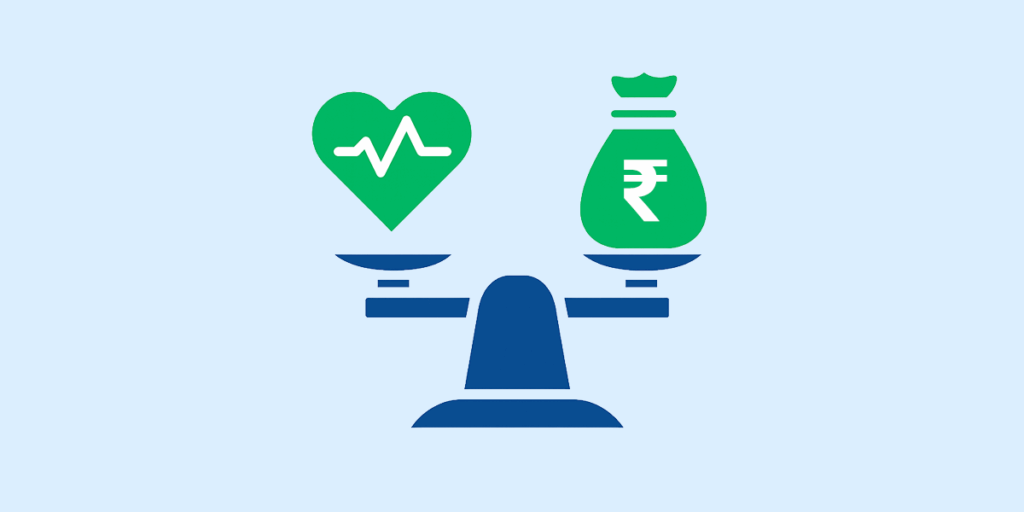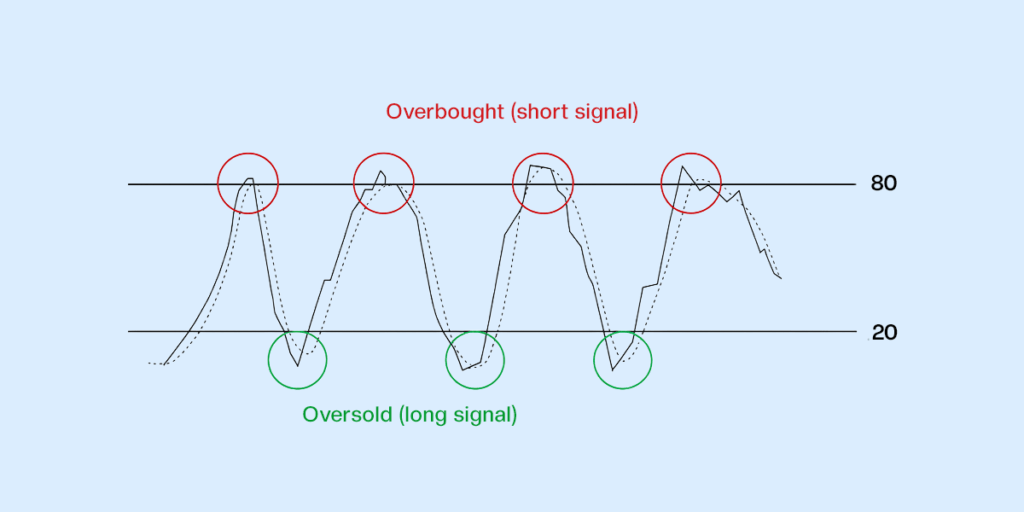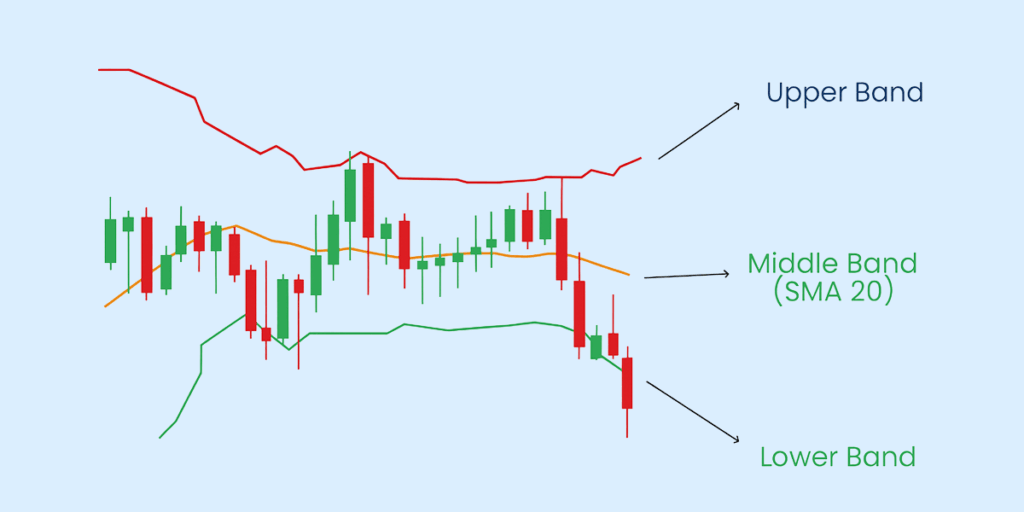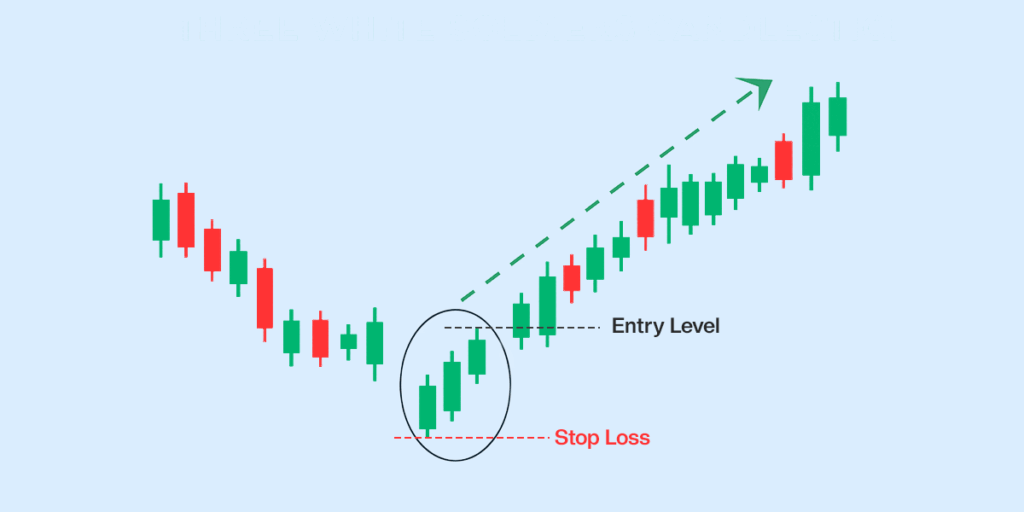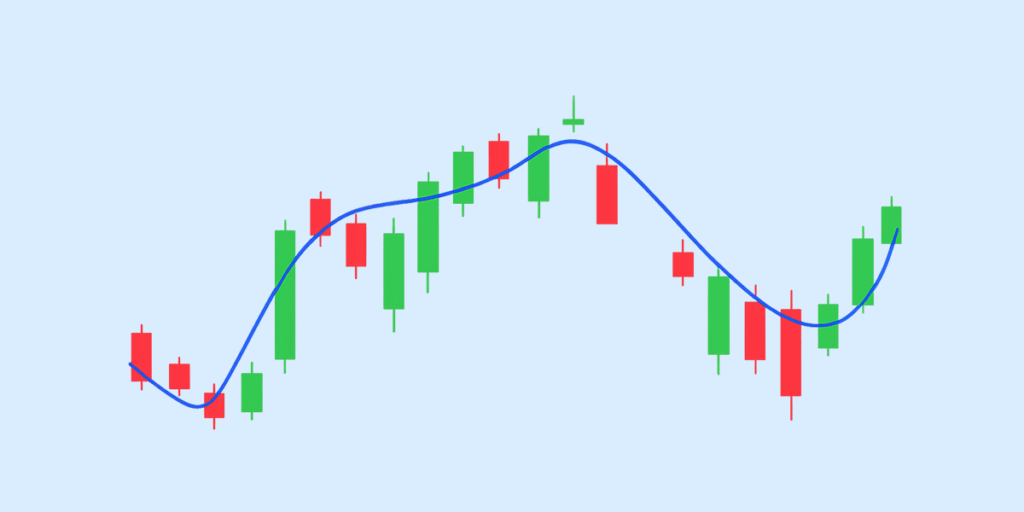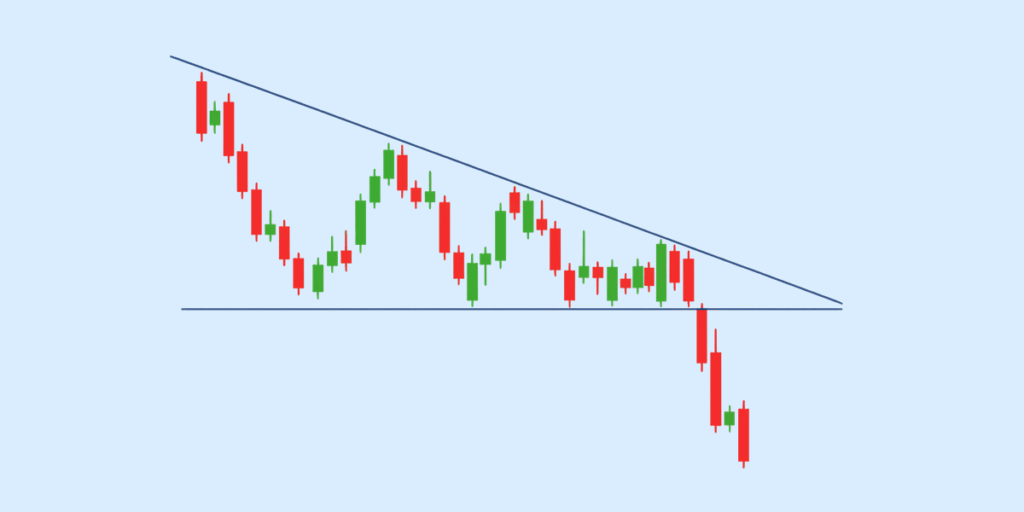Beyond simple buying and selling stocks, options offer the flexibility to bet on whether a stock price will rise or fall. In this trading format, call-and-put options are your primary tools.
A call option gives you the right—but not the obligation—to purchase a share at a fixed price within a specific timeframe. Conversely, a put option gives you the right to sell a stock at a set price before the expiry date.
Understanding these options is crucial for traders and investors as they open doors to various strategies for profit, risk management, and portfolio hedging. So what are you waiting for? Read along to learn more!
Call option in the share market
A call option is a contract that gives buyers the right—but not the obligation—to purchase a specific stock at a set price within a set timeframe. These options are popular among investors who believe a stock’s price will rise, allowing them to profit from the price increase without owning the stock outright.
How does it work?
Call options are standardised contracts traded on major stock exchanges like the BSE and NSE. To participate, investors need a Demat and trading account. Here’s a breakdown of the process:
- Contract Formation: An options seller (writer) agrees to sell a particular number of shares at the strike (fixed) price if the purchaser exercises the option before expiration.
- Premium Payment: The buyer pays a premium to the seller for this right. This premium is the cost of the option contract.
- Lot Size: Options are traded in lots, typically 100 shares per contract.
- Decision Time: As the expiration date approaches, the buyer decides whether to exercise the option based on the current stock price.
Example of call option trading
For example, you buy a call option with a strike price of Rs. 520, expiring in one month, for a premium of Rs. 10 per share.
If the stock price rises to Rs. 550 before expiration, you can exercise the option, buying shares at Rs. 520 each and potentially selling them at the market price of Rs. 550, profiting Rs. 20 per share (minus the premium paid).
Also Read: What are shares?
Also Read: The stock market for beginners
Put options in the share market.
A put option is a contract that grants the buyer the right—not the obligation—to sell a specific stock at a strike price within a set time frame. These options are popular among investors who believe a stock’s price will fall, allowing them to potentially profit from the price decrease or protect their existing investments against market downturns.
How do put options work?
Put options function based on market movements and investor strategy. Here’s a breakdown of how they work:
- Contract Formation: An investor buys a put option, paying the seller (writer) a premium for the right to sell the stock at the set price.
- Market Movement: The value of the put option rises as the stock price falls below the strike price.
- Decision Time: As the expiration date approaches, the buyer decides whether to exercise the option based on the current stock price.
Example of put option trading
For example, you buy a put option with a strike price of Rs. 380, expiring in two months, for a premium of Rs. 15 per share.
If the stock price drops to Rs. 350 before expiration, you can exercise the option and sell shares at Rs. 380 each despite the lower market price. This results in a profit of Rs. 15 per share (30 – 15).
Basic terms relating to call and put options
Before we go into more detail about the call and put options, let’s understand a few key terms related to these:
- Stock Price: This price determines whether the option is in-the-money (profitable) or out-of-the-money (not profitable).
- Option Premium: This is the cost of purchasing the option, representing the maximum loss for the buyer if the option expires worthless.
- Strike Price: This is the price at which the buyer can purchase (call) or sell (put) the underlying asset.
- Intrinsic Value: The difference between the stock and the strike rate when the option is in-the-money.
- Expiration Date: When the option expires and becomes valueless if not exercised.
Also Read: Basics of investing everyone should know
Also Read: What is OFS in Share Market?
Also Read: CMP in Stock Market
Difference between call option & put option
Here’s a comparison table highlighting the key differences between call and put options:
| Parameter | Call Option | Put Option |
| Meaning | Right to buy the share at a fixed price | Right to sell the share at a fixed price |
| Investor Expectation | The price of the asset will rise | The price of the asset will fall |
| Maximum Gain | Unlimited | Limited to the strike price (less the premium paid) |
| Maximum Loss | Limited to the premium paid | Limited to the premium paid |
| Reaction to Dividends | Typically, they lose value as the ex-dividend date approaches | Typically, it gains value as the ex-dividend date approaches |
| Scenario | An investor buys a call option for a share they believe will rise significantly in the next few months. | An investor buys a put option for a share they believe will decrease in value in the near future. |
How do we calculate call option payoffs?
Let’s assume you want to buy a call option from a tech company with a strike price of Rs. 200, paying a premium of Rs. 20, and the expiration date is set for next month. To calculate your payoff:
Payoff = Spot Price – Strike Price
Let’s say the stock price rises to Rs. 250 by expiration. Your payoff would be:
250 – 200 = Rs. 50
But remember, you paid a premium. To calculate your actual profit:
Profit = Payoff – Premium Paid
= 50 – 20 = Rs. 30
Now, let’s flip the scenario. If the stock price remains at Rs. 180 (below the strike price of Rs. 200), you keep the entire premium of Rs. 20 as a profit.
But if the price jumps to Rs. 250, your loss would be:
Loss = (250 – 200) + 20 = Rs. 70
How do you calculate put option payoffs?
Let’s assume you’re worried about a potential drop in the value of a stock you own. So, you buy a put with a strike price of Rs. 1000, a premium of Rs. 50, and an expiration date of one month from now!
In this case, if the stock price falls to Rs. 900 at expiration, your payoff would be:
1000 – 900 = Rs. 100
However, your actual profit would be:
100 – 50 = Rs. 50
Now, let’s consider the perspective of a put option seller using the same example.
If the stock price remains at Rs. 1050 (above the strike price), you keep the entire premium of Rs. 50 as profit. But if the price drops to Rs. 900, your loss would be:
Loss = (1000 – 900) – 50 = Rs. 50
Risk vs reward – Call Option and put option
Here is a risk/reward analysis that outlines the potential outcomes for both buyers and sellers of call and put options:
| Parameters | Call Option Buyer | Call Option Seller | Put Option Buyer | Put Option Seller |
| Maximum Profit | Unlimited | Premium received | Strike Price – Premium paid | Premium received |
| Maximum Loss | Premium paid | Unlimited | Premium paid | Strike Price – Premium paid |
| Zero Profit – Zero Loss | Strike Price + Premium paid | Strike Price + Premium received | Strike Price – Premium paid | Strike Price – Premium received |
| Ideal Action | Exercise if in-the-money | Let expire if out-of-the-money | Exercise if in-the-money | Let expire if out-of-the-money |
What happens to call options on expiry? – Buying call option
When you buy a call option, several outcomes are possible at the time of expiry:
- If the market rate is lower than the strike price, the option is considered out-of-the-money, resulting in a loss.
- If the market rate exceeds the strike price, the option is in-the-money, leading to gains or profits.
- If the market price equals the strike price, the option is at the money, resulting in a break-even situation with no profit or loss.
What happens to call options on expiry? – Selling call option
When you sell a call option, several outcomes are possible at the time of expiry:
- If the market price is lower, the option is out of the money, resulting in gains or profits.
- If the market price is higher, the option is in the money, leading to a loss.
- If the market price equals the strike price, the option is at the money, resulting in a profit from the premium received.
What happens to putting options on expiry? – Buying a put option
When you buy a put option, several outcomes are likely to occur at expiry:
- If the market price is less, the put option is in-the-money, resulting in gains or profits.
- If the market price exceeds the strike price, the put option is out of the money, leading to a loss.
- If the market price equals the strike price, the put option is at the money, leading to a loss equal to the premium paid.
What happens to putting options on expiry? – Selling put option
When you sell a put option, several outcomes are possible at expiry:
- If the market price is lower, the put option is in the money, resulting in a loss.
- If the market price is higher, the put option is out of the money, leading to gains or profits.
- If the market price equals the strike price, the put option is at the money, resulting in profits in the form of the premium received.
Summarising Call & Put Options
Call options allow investors to benefit from potential price increases, while put options provide protection against market downturns or allow investors to profit from falling prices. These financial instruments offer flexibility in strategy, from speculative trading to hedging existing positions.
However, options trading also comes with risks, particularly the loss of the premium paid if market movements don’t align with expectations. So, consider paper trading or using small positions to gain experience before committing significant capital.
Frequently Asked Questions about Call and Put Options
Which is better, call or put option?
Whether a call or put option is better depends on your market outlook. Call options are usually better if you think the price of the asset will rise, while put options are better if you expect the price to fall.
Can we buy a put option?
Yes, you can buy a put option, giving you the right to sell the asset at a fixed price before the option expires.
When to buy call options?
You should buy call options when you expect the asset price to increase significantly. This allows you to capitalise on the asset’s upward price movement while limiting your risk to the premium paid for the option.
When to sell a call?
You should sell a call option when you think the price of the underlying asset will remain stable or decrease. You can earn the premium from the buyer by selling a call, but you risk having to sell the asset at the set price if the buyer exercises the option.
Is buying a put bullish or bearish?
Buying a put is a bearish strategy. It reflects an expectation that the underlying asset’s price will decline, allowing you to profit from selling it at a higher price than its market value.

